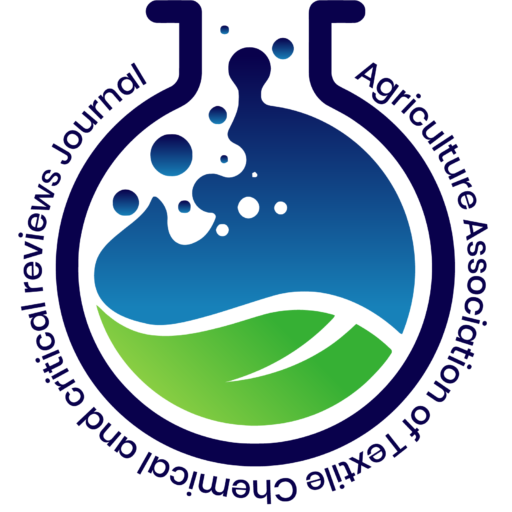
Geospatial Sedimentation of Hirakud Reservoir, Odisha
Corresponding Author: 2sibamishra@gmail.com
DOI: https://doi.org/10.58321/AATCCReview.2022.10.01.65
Abstract
Hirakud reservoir impounded since 1957, across the Mahanadi River, Odisha, India. The River 851 km long has discharged a maximum 44.78Kcumec of the floods that inundated downstream areas, and 9500km2 of its delta region. The Hirakud reservoir commands assured irrigation to 2669 km2 and hydropower installations of a capacity of 347.5 MW of Odisha. But the dam traps about 79% of sediment received from upstream. Sedimentation, basin mismanagement, and numerous hydraulic structures have deteriorated the morphology and sediment status of the reservoir. Web-based GIS, LANDSAT, and Multi-date RS data in the web platform help in building various digital maps for meeting utilities. Present studies have utilized SRTM data for index and stream order maps and different LANDSAT data for achieving stream order, contour, aspect, and water spread area maps to quantify sedimentation in the Hirakud reservoir. Continuous sedimentation of the Hirakud reservoir has lost its 34% live storage capacity since 1957, causing the delta to sink, shrink, and subside. The diminution of storage, erratic basin rainfall, and occasional high floods caused by dams upstream have warranted fixing new zero level, and reallocation of revised storage for future capacity building. The sediment accrued within the reservoir bed if not cleared, the reservoir capacity and its benefits shall diminish. The basin managers should outwit further sedimentation by e-flow assessment and database preparations by confirming to EIA recommendations/ clearance process.
PDF: View / Download
